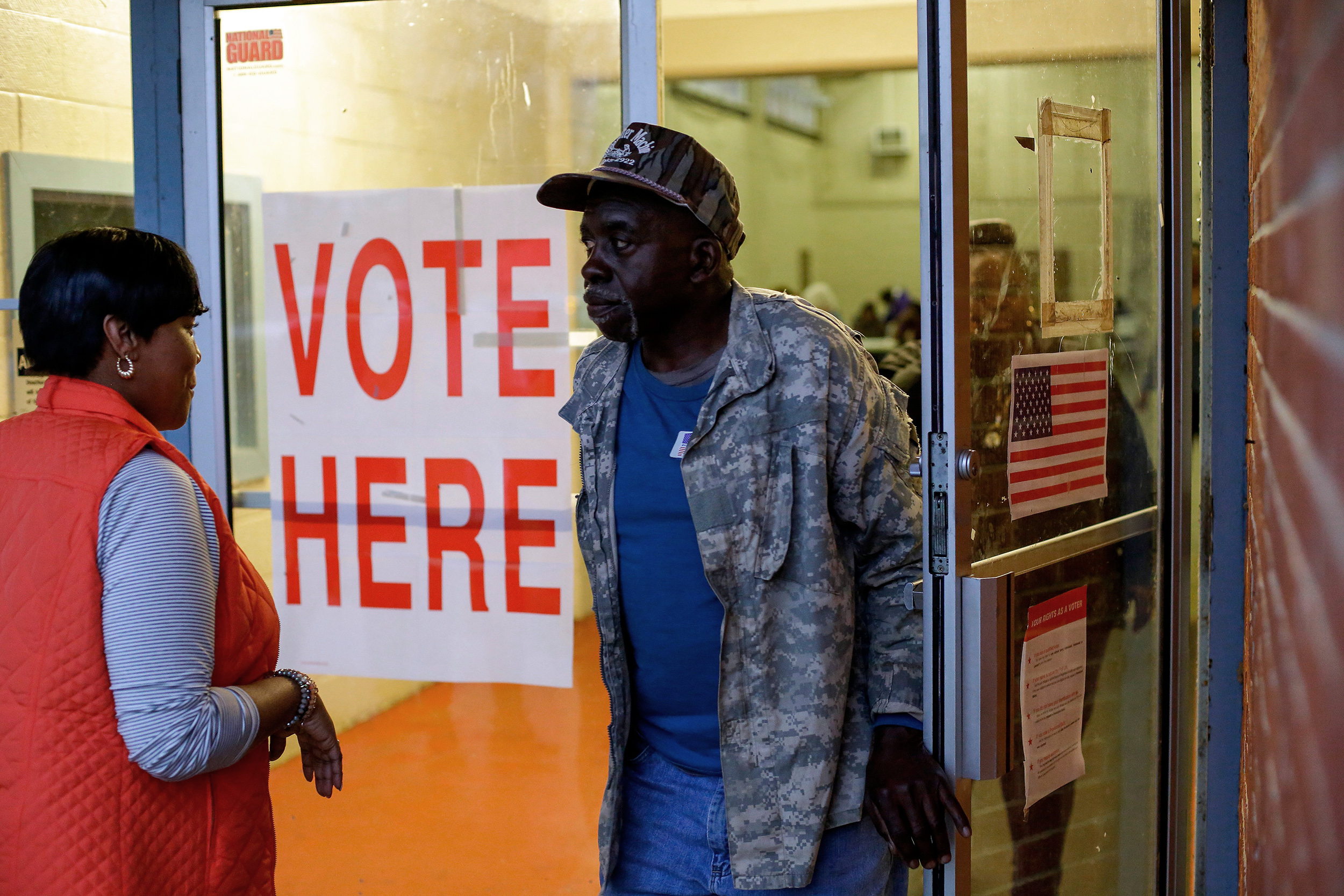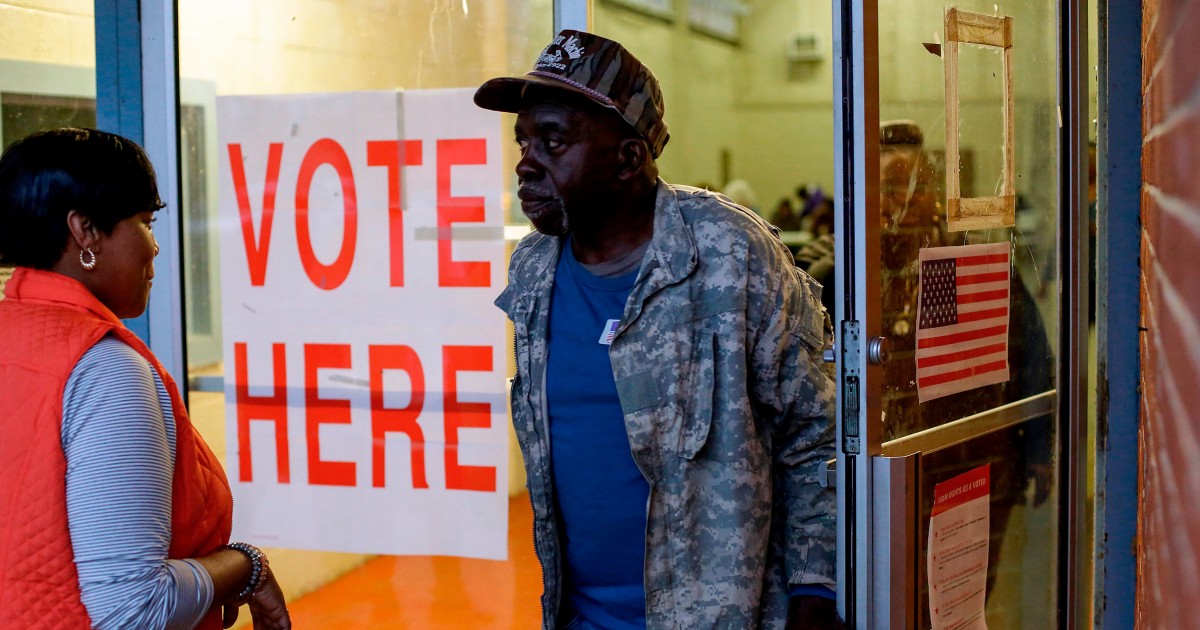
WASHINGTON — The Supreme Court on Thursday struck down Republican-drawn congressional districts in Alabama that civil rights activists say discriminated against Black voters in a surprise reaffirmation of the landmark Voting Rights Act.
The court on a 5-4 vote ruled against Alabama, meaning the map of the seven congressional districts, which heavily favors Republicans, will now be redrawn. Chief Justice John Roberts and Justice Brett Kavanaugh, both conservatives, joined the court’s three liberals in the majority.
In doing so, the court — which has a 6-3 conservative majority — turned away the state’s effort to make it harder to remedy concerns raised by civil rights advocates that the power of Black voters in states like Alabama is being diluted by dividing voters into districts where white voters dominate.
The two consolidated cases arose from litigation over the new congressional district map that was drawn by the Republican-controlled Alabama Legislature after the 2020 census. The challengers, including individual voters and the Alabama State Conference of the NAACP, said the map violated Section 2 of the 1965 voting rights law by discriminating against Black voters.
The new map created one district out of seven in the state in which Black voters would likely be able to elect a candidate of their choosing. The challengers say that the state, which has a population that is more than a quarter Black, should have two such districts and provided evidence that such a district could be drawn.
A lower court agreed in a January 2022 ruling, saying that under Supreme Court precedent, the plaintiffs had shown that Alabama’s Black population was both large enough and sufficiently compact for there to be a second majority-Black district. The court ordered a new map to be drawn, but the state’s Republican attorney general, Steve Marshall, turned to the Supreme Court, which put the litigation on hold and agreed to hear the case.
The Supreme Court was divided 5-4 in allowing the new map to be used in November’s election, with conservative Chief Justice John Roberts joining the court’s three liberals in dissent.
Republicans won six of the seven seats in the election, while Democrats won the majority-Black district. With Black voters more likely to vote for Democrats, Democrats might have picked up an additional seat if a new map had been adopted.
The Alabama case was one of several in which the Supreme Court’s decisions may have contributed to Republicans winning their fragile majority in the House of Representatives.
Alabama argued that the lower court put too much emphasis on race in reaching its conclusions. Marshall said in court papers that the fact that the challengers were able to show that it was possible to draw a second majority-Black district was not sufficient evidence that the state’s actions were discriminatory. He cited other traditional “race-neutral” map-drawing factors that take into account such issues as regional culture and identity, as well as the requirement that districts have similar-sized populations.
The Supreme Court has in two cases over the last decade weakened the Voting Rights Act, beginning in 2013 when it gutted a key provision of the law that allowed for federal oversight of election law changes in certain states. In a 2021 ruling arising from Arizona, the court made it more difficult to bring cases under Section 2.
The case is one of three the court is hearing in the current term in which conservative lawyers are pushing what they call race-neutral arguments favored on the right as a way to remedy race discrimination. In the others, the court could end affirmative action in college admissions and strike down part of a law that gives preference to Native American seeking to adopt Native American children.
The court is also considering another significant election-related dispute in its current term, with the court set to rule on a Republican effort to curb the ability of state courts to enforce state constitutional provisions in federal elections. That ruling, due before the end of June, could make it easier for Republican legislatures to restrict voting rights.

